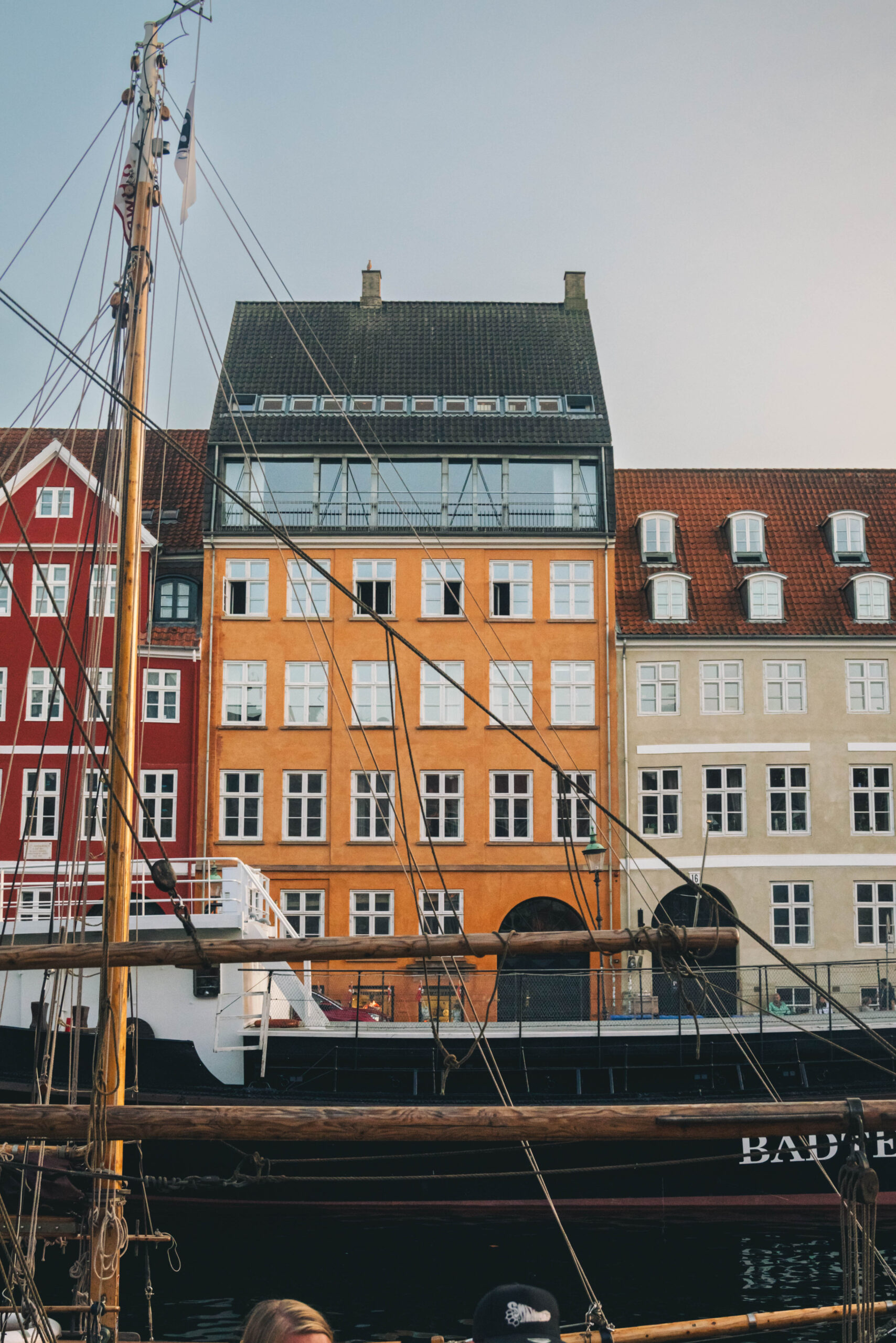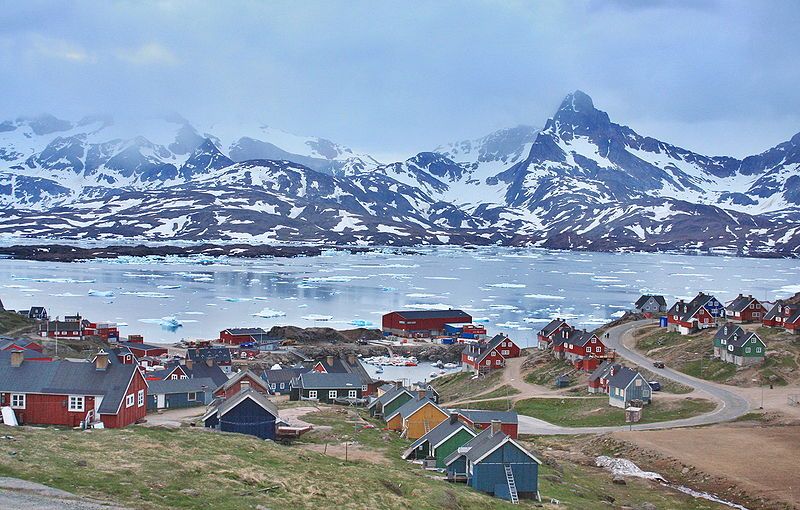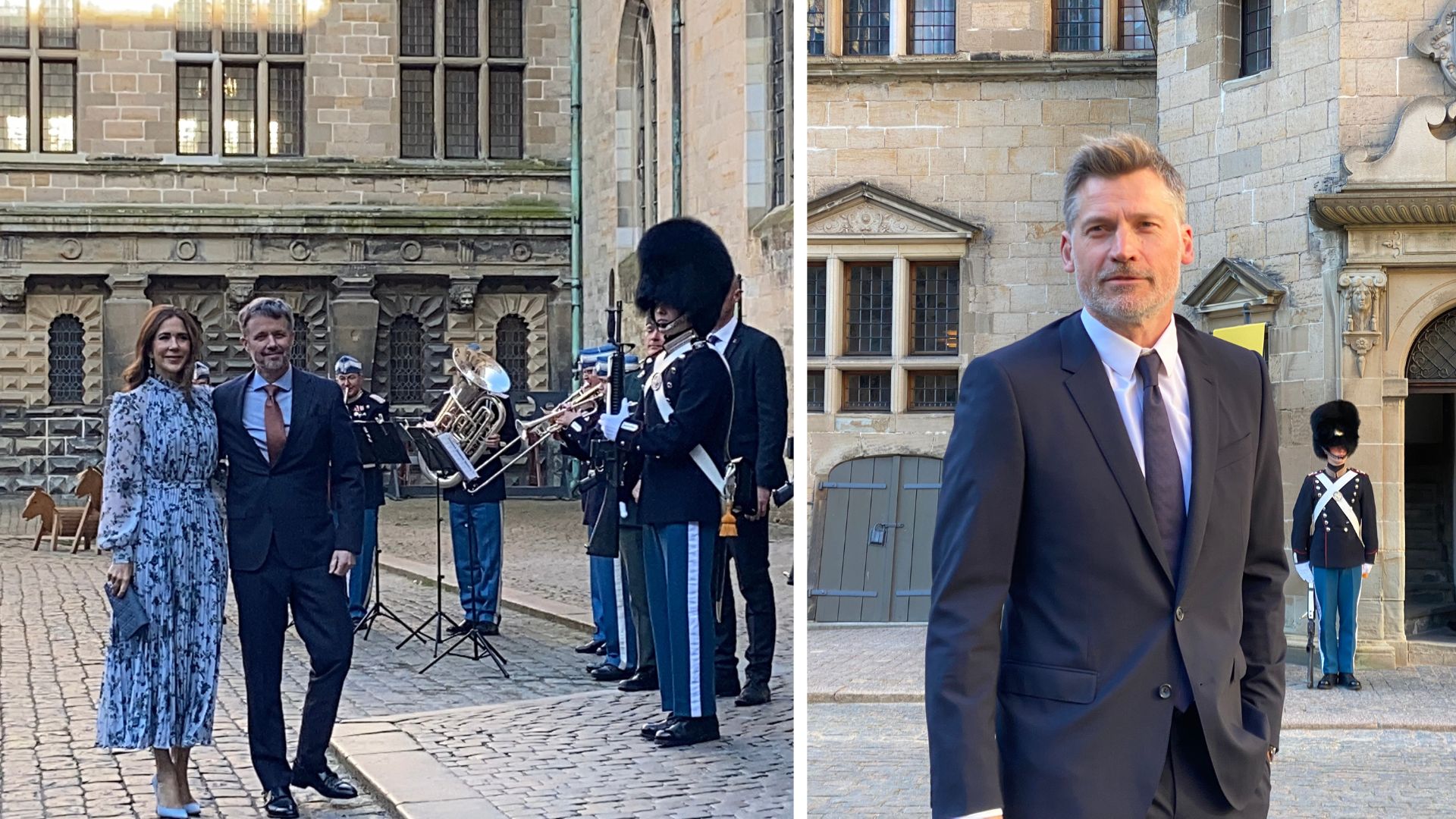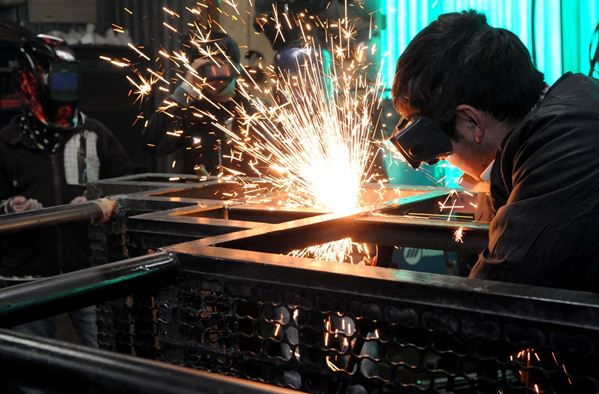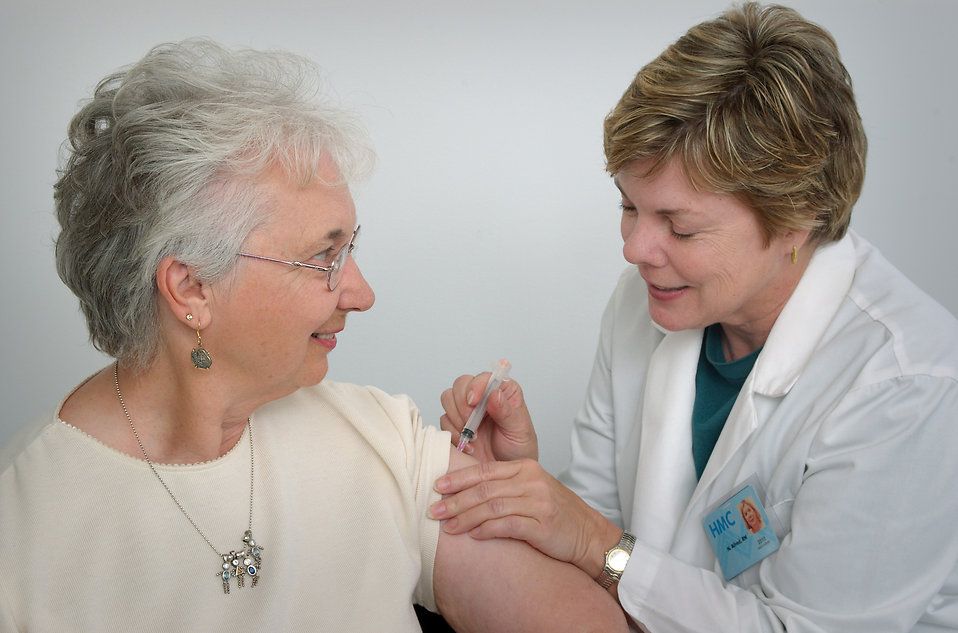More than half of Danish boys are showing signs of developing breasts – a condition called gynecomastia – as they enter puberty.
Dr Mikkel Grunnet Mieritz is one of the doctors behind a study of the condition.
“When we look at adolescent boys, up to 60 percent show signs of breast development,” he told Videnskaben.dk.
Mieritz said that mammary glands on boys are harmless, but can be embarrassing for the boys who develop them.
Kurt Kristensen, a pediatrician at Aarhus University Hospital, said that parents often get upset when their sons begin to develop mammary glands.
“There are many who are unfamiliar with the phenomenon, and we see parents who are terribly anxious,” Kristensen told Videnskaben.dk.
Mieritz said that breasts that develop on adolescent boys often disappear over time.
"We know from international studies that they go away within a year and a half in over 90 percent of boys.”
Kristensen said that the reason for the increase in breast development in boys remains something of a mystery.
“We lack a good, scientific explanation of why it occurs and why it disappears,” he said.
Chemical causes?
Part of Mieritz's research was to investigate the role that phthalates – chemicals used in things like plastics and cosmetics – may play in the development of breasts in boys.
“Phthalates are known to have an effect similar to the effect of female sex hormones,” said Mieritz. “It was reasonable to believe that boys who develop breasts might have been exposed to phthalates more often than boys without breasts.”
Mieritz research has thus far failed to prove that thesis.
“We did not see any difference in the amount of phthalates in the urine of boys with breast than in that of the boys without, which suggests that phthalates are not at fault for the breast development.”
READ MORE: Danish children breast-fed too little
Nothing new
Professor Harold E. Carlson, an American researcher of the condition at the Stony Brook University School of Medicine, does not think that the problem has become more frequent.
“The figures are similar to those found in studies dating back to the 1960s, so there does not seem to be reason to believe that gynecomastia is becoming more frequent,” he told Videnskaben.



